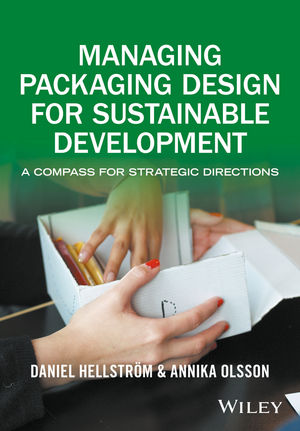A completely new product is on the market for EB-curable ink. Wilson Andrade Paduan, partner of TechnoSolutions and director of Saturno Industria de Tintas Ltda, allowed FP to better understand the product, the process, and what it solves for printers.
Q: How did the GelFlex EB solution come about?
A: Since 1997, I had been working on various ecological alternatives to current solvent-based CI Flexo ink systems. Around 2008 I had come up with a variation of a high-solids, EB-cured ink system. It used a small amount of solvent not to dilute but as an additive to adjust the solubility parameter of the total system to permit wet trapping of the inks and then final energy curing. I showed this to the owner of Antilhas, a Brazilian flexible packaging company. He liked the concept so much he bought into the technology. He and I then incorporated TechnoSolutions. Antilhas further invested in EB equipment and installed it on one of the CI-Flexo presses and is commercial today.
Q: When did you realize that this was a necessary business opportunity (i.e., what did you see that was missing from the industry-standard inks)?
A: Trends in the market place towards shorter runs made incumbent printing technology cost challenging. Development in flexo plate technology by large companies accelerated the growth of this printing methodology to meet the market need.
However, solvent issues, lower print quality, and further cost issues remained as challenges.
Gelflex-EB inks have very high solids content and a high pigment concentration. As a result the ink consumption is around 40-50 percent of normal solvent systems. When we ran the math we realized these inks on a price per msi basis were going to cost less than conventional systems.
Additionally, because the inks are cured with EB, the physical properties (scuff, abrasion resistance, heat resistance) are much better. We knew in certain market segments the ability to go to a surface print and eliminate laminations was possible, again leading to cost savings. Also, the higher solid content and energy curing platform permitted higher print resolution and lower dot gain resulting in improved print quality.
There is a huge potential for energy savings. Because we use over 10x less solvent it is possible to use less airflow and air temperature to dry the inks. Additionally, due to recirculation, it is possible to cut the emissions of Volatile Organic Compounds (VOCs’) by 10x reducing the energy consumed with an oxidizer.
Finally, GelFlex-EB inks can be cured with EB laminating adhesives in-line and instantaneously with a single EB curing system creating a true step-change in costs, quality and sustainability. Printing and laminating in-line creates a whole new sustainable platform by removing the second step of laminations and all that manpower, facilities, energy and time that comprises that second step.
Q: What does this technology replace?
A: Basically it is replacing conventional printing and laminating platforms.
From a press technology standpoint, it replaces all interstation thermal dryers, and limits end of press thermal dryer to about 1/3 the original size. It will require one end of press low voltage EB accelerator. Of course, when you eliminate thermal dryers you also eliminate all the fans, blowers, ductwork, control and safety equipment which go along with them. In addition you substantially reduce and in some cases eliminate, solvent abatement systems.
From a package standpoint, we’re really excited about the potential for ‘substrate simplification’ – in other words, replacing lamination technology. This would represent a huge step change for the industry and lead to tremendous gains in source reduction.
And where that isn’t applicable, replacing a 2 step print and lamination process by curing both the ink and the lamination in-line is clearly a step in the right direction.
Q: How exactly is this product a sustainable solution?
A: This is a sustainable solution in so many ways – source reduction with lamination replacement; using less ink due to the high solids content; using less solvent and the huge impact this will have on air quality; substantial energy savings because of eliminating/reducing thermal dryers.
In addition, because GelFlex-EB inks have almost a 3:1 ratio in ink mileage, the emissions creating in transporting all those drums of ink worldwide is drastically reduced.
In the end, the carbon footprint using Gelflex-EB printing process versus conventional solvent based printing process is reduced by about 75 percent.
Another area of sustainability improvement is ink waste. The GelFlex-EB inks, due to the high solids content, do not need to be removed from the inking system at the end of the day. This eliminates the resulting waste of clean up each night – both ink waste, but also the solvents and cleaning agents needed to clean the press as it is with conventional inks.
Q: Who will benefit from using this product?
A: It’s not for everyone. But any printer that is looking to print 6-, 8-, 10-color high quality flexography will benefit from this system. For printers in these markets who currently use conventional solvent-based ink systems, GelFlex-EB can offer a better quality image at lower total cost. It’s safe for food. And it cuts emissions by over 90 percent. In my opinion, short runs which seems to be the market trend will see substantial cost savings due to faster make ready times and much less ink waste.
TechnoSolutions and Saturno Industria de Tintas Ltda
www.technosolutions.com.br/us/en/









